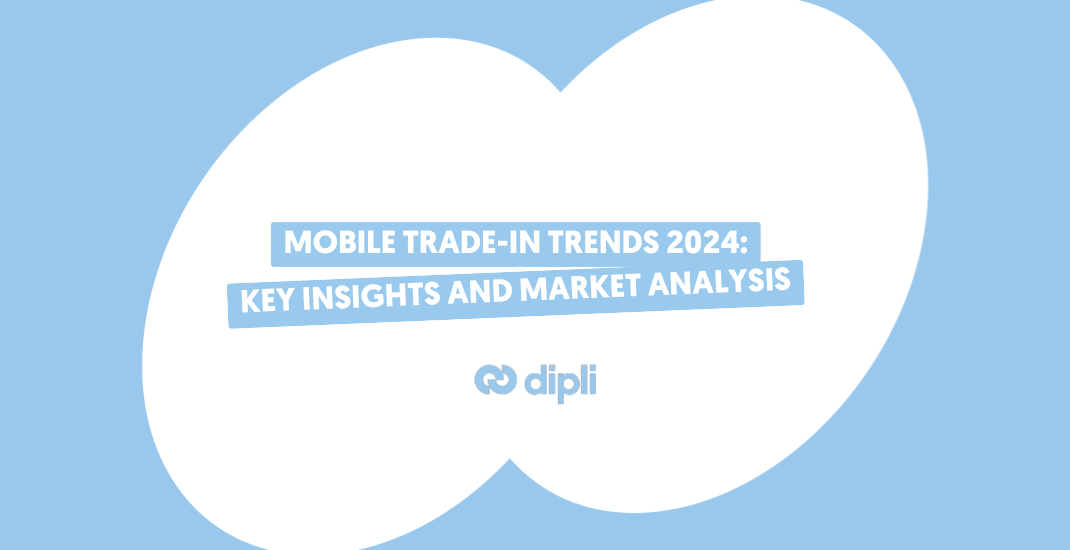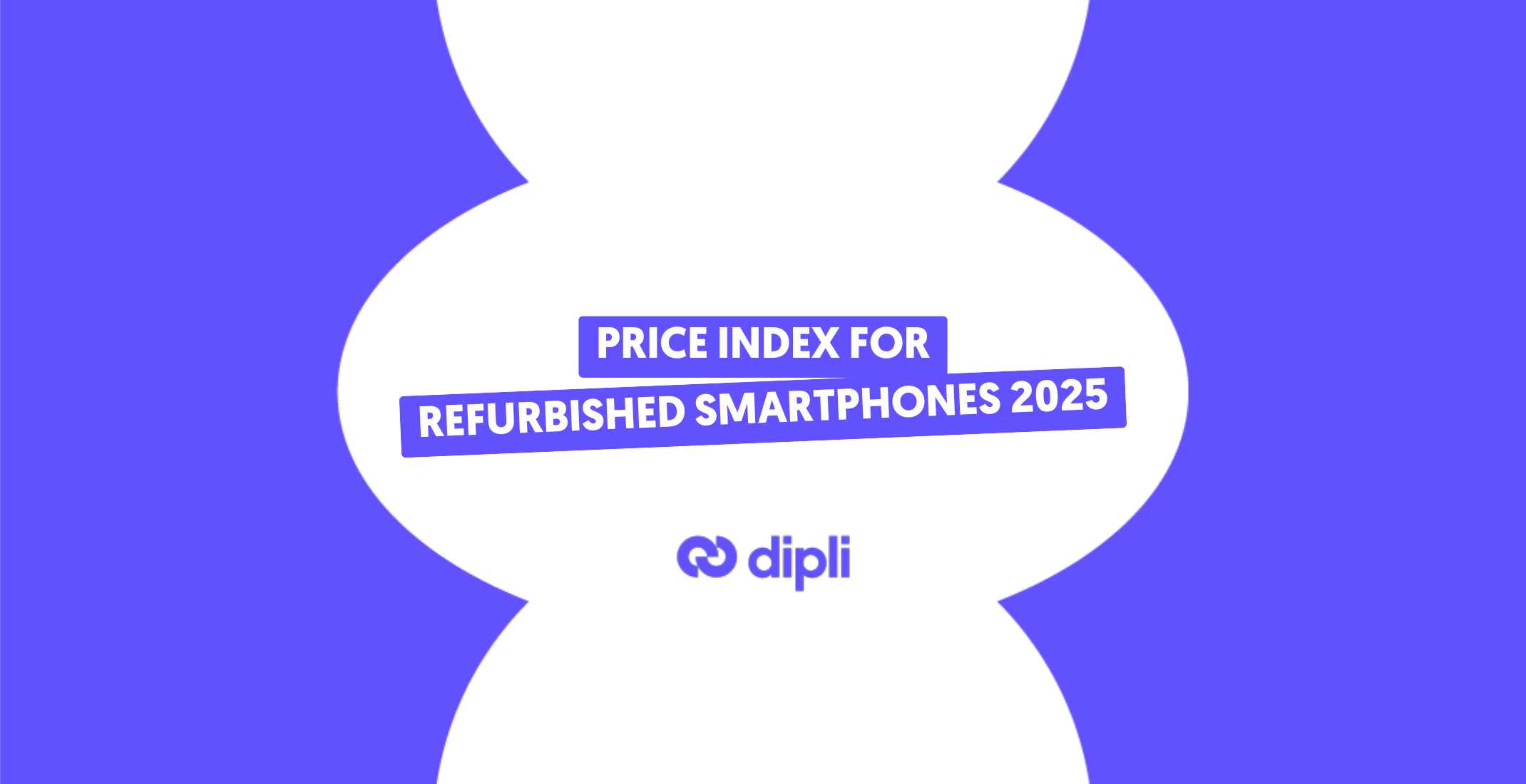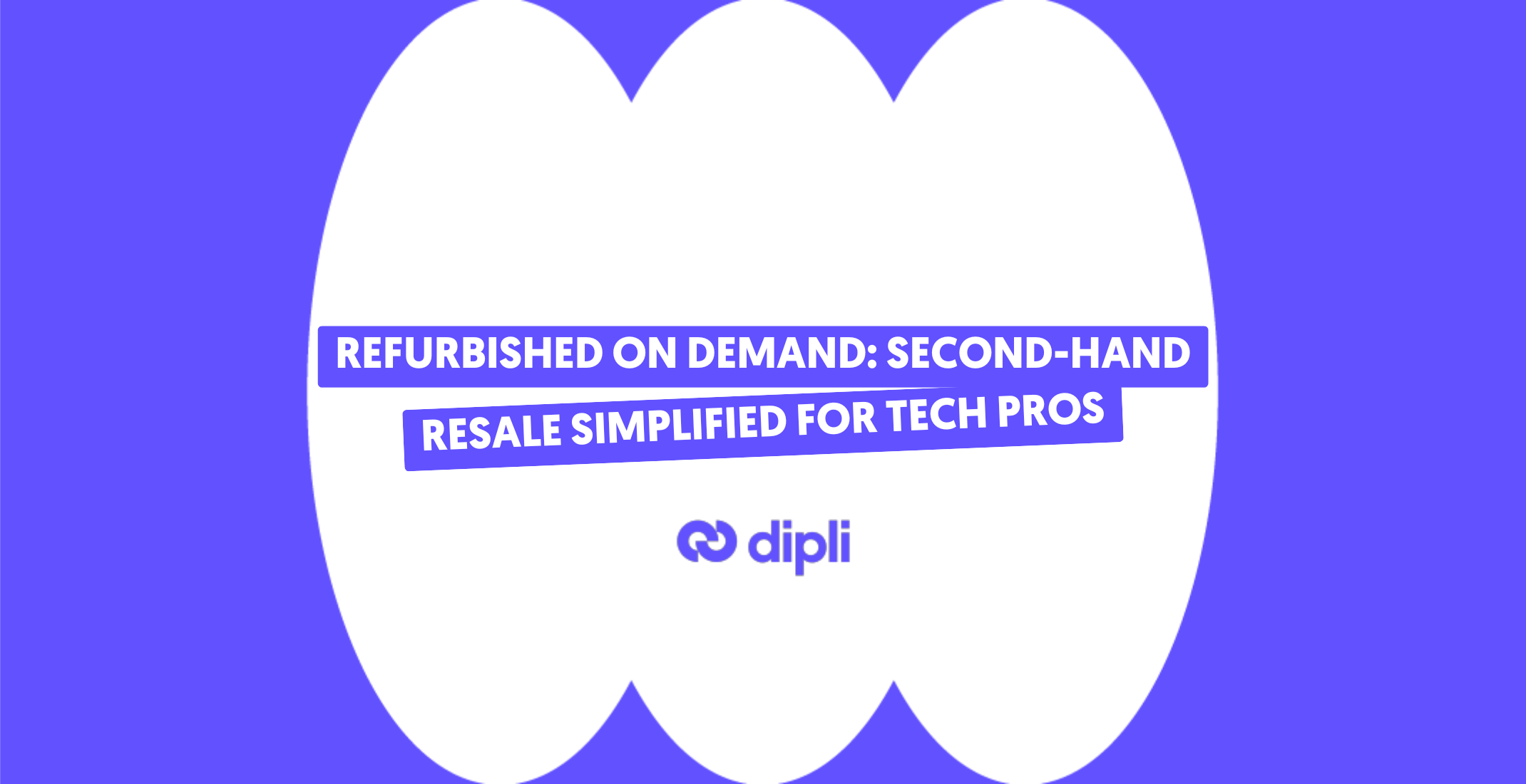Mobile trade-in trends 2024: key insights and market analysis
04/02/2025
0 comments

Your complete trade-in market update
The trade-in market in Europe is evolving rapidly, driven by rising consumer awareness, sustainability concerns, and increasing trade-in adoption by telecom operators and retailers.
To help you navigate these changes, we have gathered and analyzed the most important data from leading industry reports, including insights from Assurant and Ingram Micro Lifecycle.
💡In this article, you will find:
- The latest trade-in figures and trends in Europe.
- Key insights into device upgrade cycles and resale values.
- How trade-in programs are expanding beyond smartphones.
- Expert recommendations to maximize trade-in value and optimize resale strategies in the European market.
Trade-in growth across Europe: key market drivers
1. A strong increase in trade-in adoption
In Europe, the adoption of trade-in programs is accelerating as more operators, retailers, and e-commerce platforms integrate device buyback into their business models.
Key stats and trends:
- In some European countries, trade-in participation rates exceed 40% among customers upgrading their smartphones.
- The refurbished sector, which includes trade-ins, is growing at a faster rate of 15% annually (Source)
- The average trade-in age for smartphones is decreasing, as consumers realize they can maximize their resale value by trading in sooner.
- The market for refurbished smartphones is booming, reinforcing the importance of trade-ins as a steady supply source.
2. European consumers are motivated by sustainability
The environmental impact of smartphones is a major concern for European consumers, who are increasingly turning to trade-in as a way to extend the lifecycle of their devices.
Sustainability-driven trade-in trends:
- Circular economy policies are pushing retailers and operators to offer more structured trade-in programs.
- The upcoming Digital Product Passport (DPP) will make device traceability and second-life management even more crucial for compliance.
- France, Germany, and the Nordics are leading the way in sustainability-driven buyback programs.
📌 Insight: companies that position trade-in as a sustainability-first initiative are seeing higher consumer engagement and loyalty.
Key trade-in figures and trends in Q3 2024
According to Assurant, Q3 2024 saw a significant shift in trade-in patterns, with record-breaking volumes and higher payouts:
- €1 billion+ paid out to consumers through trade-in programs in Europe and the U.S. combined.
- The iPhone 13 was the most traded-in device, indicating early upgrade cycles before depreciation.
- Trade-in values remained stable, proving the resilience of the second-hand device market.
Most traded-in devices in Q3 2024
📱 Apple iPhone 13 : The most traded-in smartphone, reflecting early upgrade patterns.
📱 Samsung Galaxy S22 Ultra 5G : Leading Android trade-in device, showing a shift toward premium models.
⌚ Apple Watch Series 7 & 8 : The top-traded wearables, marking an expansion of trade-in beyond smartphones.
Average trade-in age is decreasing
- Apple devices: 3.69 years (down from 3.8 years in Q2 2024).
- Android devices: 3.38 years (4% decline year over year).
This shortening trade-in cycle means businesses need to adjust pricing strategies to capture value before depreciation accelerates.
How to maximize trade-in value in the European market
1. Optimize trade-in pricing with a competitive multi-buyer model
Many European retailers still use fixed-price trade-in models, which limit resale value. At Dipli, we connect trade-in devices to a network of refurbishers and resellers, allowing for:
- Higher trade-in offers due to market-driven pricing.
- Faster resale cycles, reducing the risk of depreciation.
- Optimized inventory management based on live demand.
2. Timing trade-in campaigns to match consumer behavior
Key insights on trade-in timing in Europe:
- iPhone trade-in volumes spike in August-September, right before new model announcements.
- Samsung devices retain value longer, allowing for later trade-in windows.
- Wearables and laptops are emerging as high-value trade-in categories, but still lack structured buyback programs.
Retailers and operators who adjust their trade-in promotions to match these cycles will maximize returns.
3. Expand beyond smartphones: The next frontier for European trade-ins
Trade-in is evolving beyond phones. The fastest-growing categories in Europe include:
💻 MacBooks and laptops: Higher margins than smartphones, but underutilized in buyback programs.
⌚ Wearables: High resale value, but many trade-in platforms still ignore them.
🎮 Gaming consoles: Highly liquid resale market, yet few retailers capitalize on it.
📌 Opportunity: Expanding trade-in beyond smartphones can increase revenue streams by 25%+.
4. Streamline logistics to reduce friction in trade-in processing
One of the biggest bottlenecks in trade-in programs is slow processing, leading to value loss due to depreciation.
How Dipli helps optimize trade-in logistics:
- Local processing centers in Europe for faster turnaround and reduced costs.
- AI-powered diagnostics to improve device grading accuracy.
- Integrated resale channels to connect trade-in stock to active buyers instantly.
At Dipli, we help retailers, operators, and distributors unlock the full potential of trade-in with a data-driven, competitive, and frictionless approach.
Want to optimize your trade-in program? Contact Dipli today!





Comments (0)